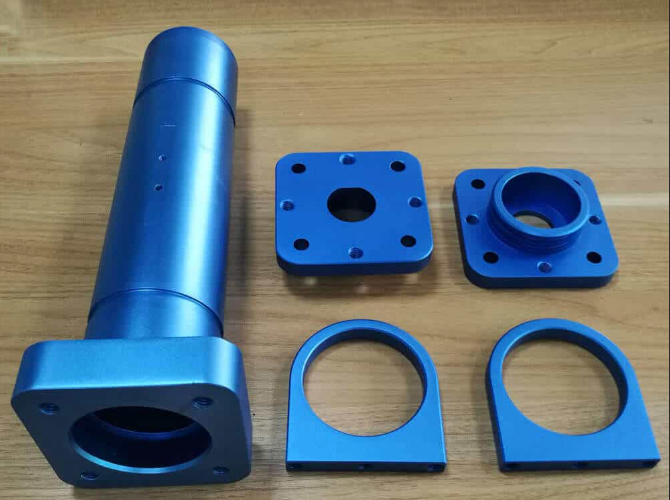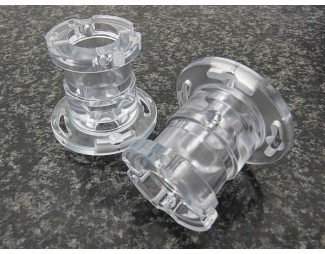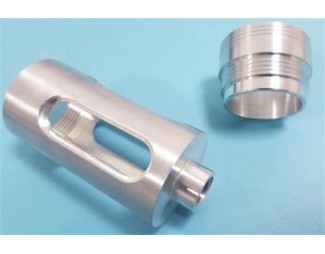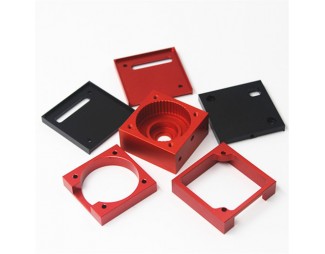About Anodizing Service
Anodizing Overview
Anodizing is a common electrolytic passivation process that is often used to grow the thickness of the natural oxide layer on the surface of metal parts. It improves corrosion and wear resistance and provides better adhesion for paint primers and glues than does bare or untreated metal. Anodizing changes the microscopic texture of the metal's surface by changing the crystal structure of the metal. Thick anodized coatings are usually porous, so sealing processes are often needed to help achieve corrosion resistance. Anodic films are usually much stronger and adhere more easily than paint and metal plating, but sometimes more brittle. This makes them less likely to crack and peel from aging and wear, but more susceptible to cracking from thermal stress. Anodic films can also be used for cosmetic effects, either with thick porous coatings that can absorb dyes in any number of colors or with thin transparent coatings that add interference effects to reflected light. Anodic films are most commonly applied to protect aluminum alloys. However, processes also exist that allow these films to be applied to other common materials as well.
Anodizing Types Available from ABC Rapid:Type II Anodize,Type III Hard coat,Type III w/ PTFE
Benefits of Anodizing:
· Improved Aesthetics
· Bonding
· Wear Resistance
· Corrosion Resistance
· Heat Dissipation
Anodizing Type
- Type II Anodize
- Type III Hard coat
- Type III w/ PTFE

Welcome to contact us via enquiry@abcrapid.com to get more information !
Search
Recent Post













